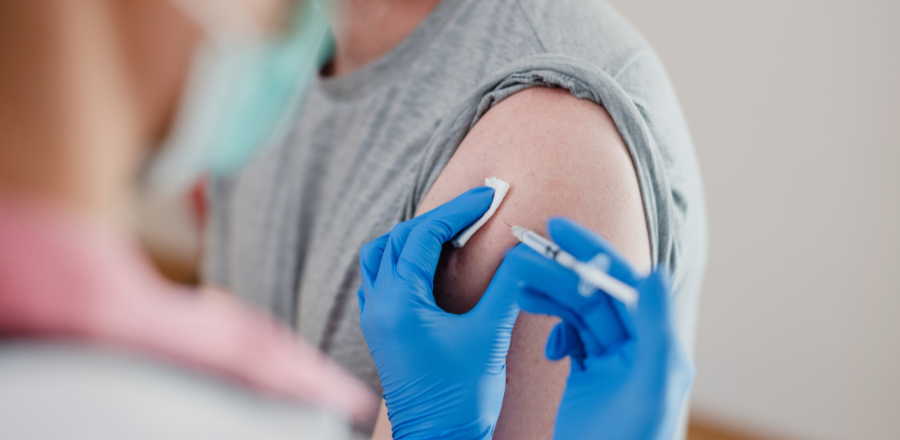New figures reveal 630,000 Australian males may face double the average risk of prostate cancer, prompting Australia’s peak body to call for greater awareness of the disease.
The call comes ahead of The Long Run, Prostate Cancer Foundation of Australia’s nationwide campaign for Prostate Cancer Awareness Month in September.
The data also predicts a 43 per cent increase in the number of men living with the disease between now and 2040.
PCFA CEO Anne Savage urged all Australians to take action.
“Prostate cancer is the most commonly diagnosed cancer in Australia, and yet we have never had a publicly funded community-wide awareness campaign targeting men at risk of prostate cancer,” she said.
“These latest estimates suggest as many as 630,000 Australian males may face double the average risk of prostate cancer due to their family history of the disease.
“Essentially what we are facing is a tidal wave of risk.
“It’s vital that we give these men and their families all the information they need to enable early diagnosis and timely treatment.”
The figures were calculated based on the number of Australian men diagnosed with prostate cancer over the past 40 years who are now likely to have male offspring.
MNC Actuaries Project Team Leader, Joseph Chan, said the finding was important.
“Prostate cancer is a major threat to men’s health in Australia, both now and in the future, and this data will help us to target men who face a much higher risk of the disease,” he said.
“Our team came up with two different approaches to the modelling and the results were surprisingly consistent. We did not guess at the outset that the final figure would be so high.
“We derived the estimate based on the evidence that men who have a father or brother who have ever been diagnosed with prostate cancer have twice the average risk of developing the disease. Men who have two or more close male relatives who have been diagnosed have a lifetime risk of developing prostate cancer that is five times greater.
“While the scope of this project did not include differentiating between these levels of risk, we calculated the estimate by approximating the number of male children born to men with prostate cancer as well as the number of brothers they have, taking into account all men diagnosed with prostate cancer who are still living or have died. For greater accuracy, the estimates also allow for a likely number of undiagnosed cases.
“This is important work that will help PCFA and policy makers derive targeted approaches to raising awareness among at-risk men and their families.”
More than 24,000 Australian men are likely to be diagnosed with prostate cancer this year, and more than 3,500 are expected die from the disease.
PCFA’s Chief of Mission and Head of Research, Professor Jeff Dunn AO, said greater awareness would be key to saving lives.
“We’re calling on men and women to sign up now for The Long Run to help us raise awareness and save lives.
“A majority of Australian men do not know the PSA test guidelines and may not know that their family history of the disease places them at an increased risk of a potentially aggressive diagnosis at a younger age,” he said.
“The fact is that low awareness levels impede early detection and diminish men’s survival prospects.
“If we can diagnose all men at the earliest stage and ensure they have access to new medicines and care, we can beat this disease. For men with a family history of disease, we need to give much clearer guidance about their risks and screening options.”
The number of men being diagnosed is expected to increase by 43 per cent from more than 240,000 today to 372,000 by 2040.
“Our population is ageing and increasing, which means more and more men are being diagnosed with prostate cancer every year,” PCFA CEO Anne Savage said.
“Community action is key to prostate cancer control.
“We hope to raise $1.7 million this year in The Long Run to help make prostate cancer history.
“Over 3,500 Australian men will die of prostate cancer this year. With community action and support, many of these deaths can be avoided.
“We hope to bring people together to save lives,” she said.







